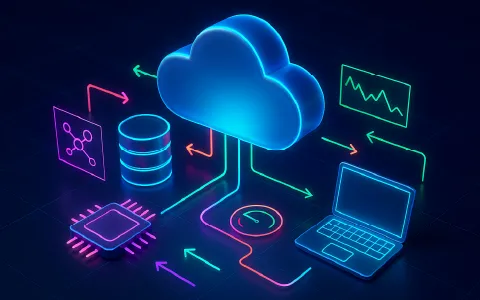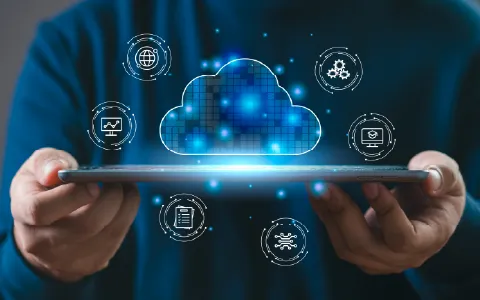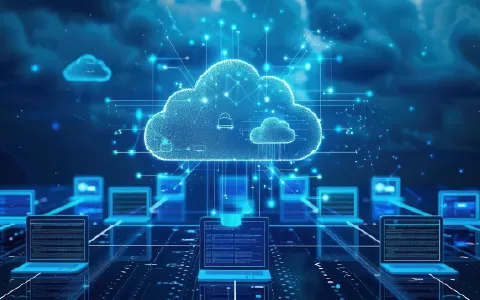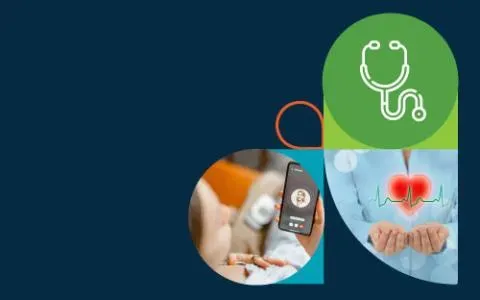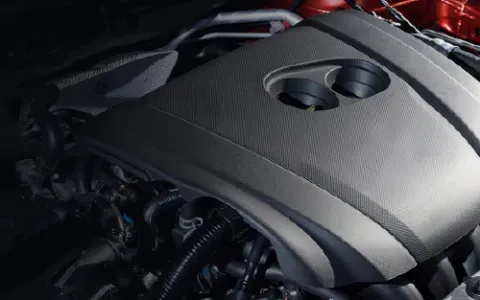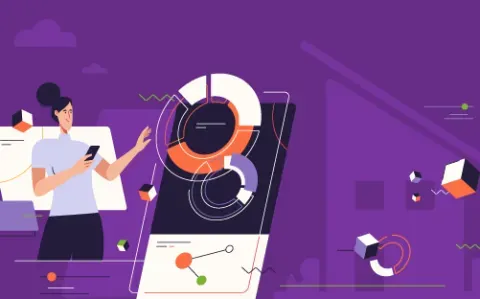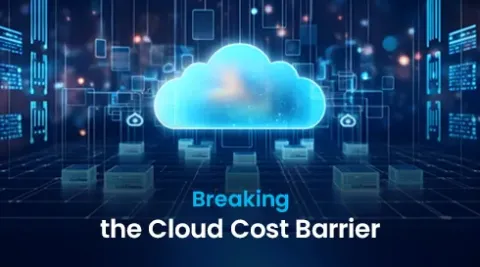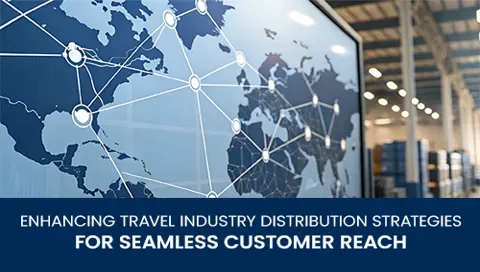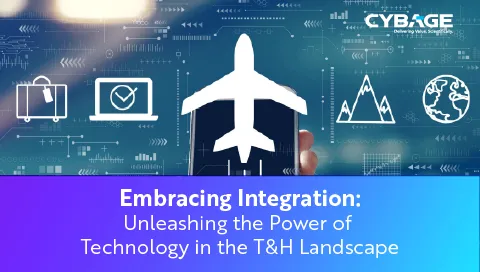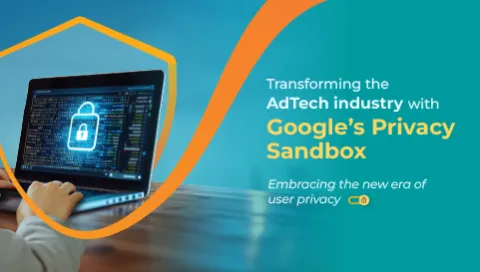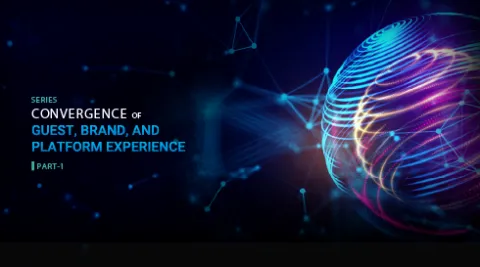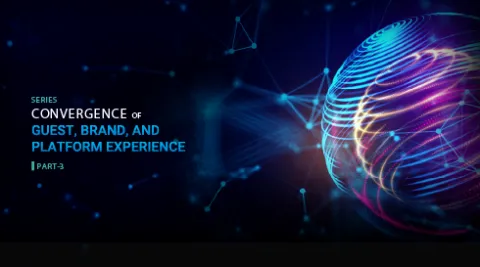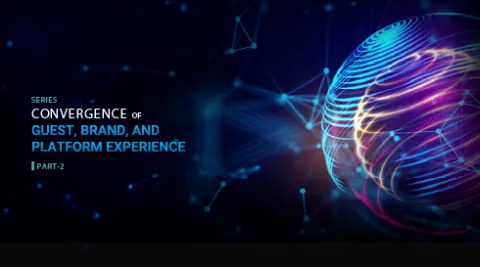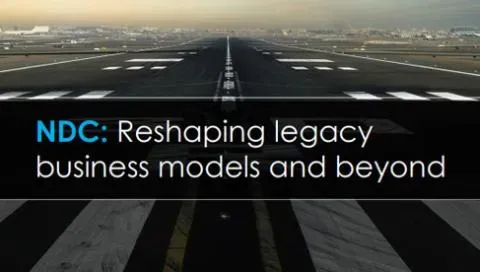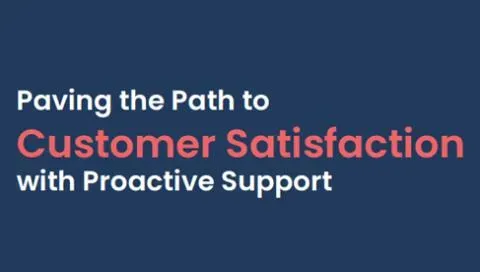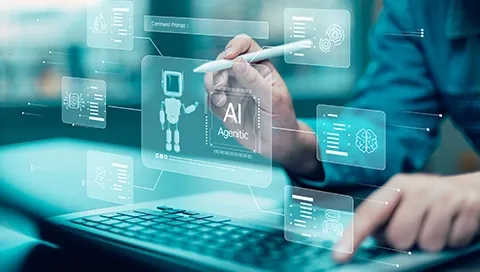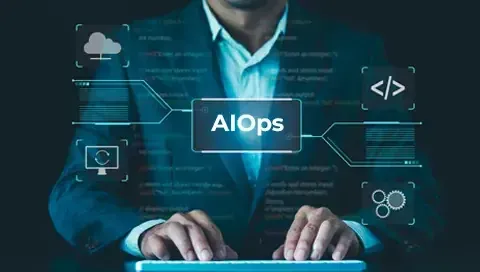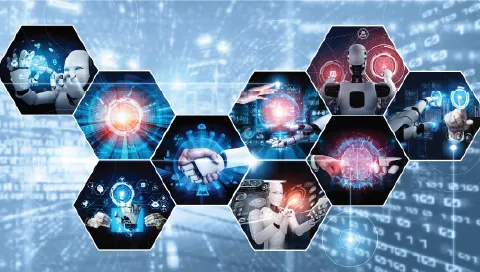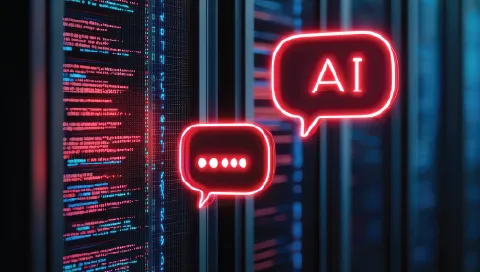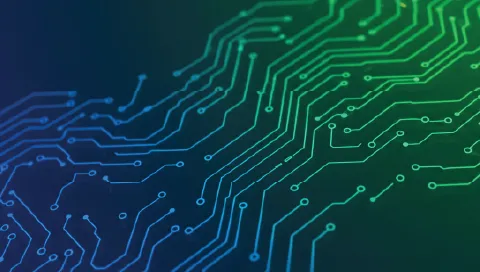Overview

At Cybage, we work toward identifying your products that need to be updated in order to stay relevant. The answer to this dilemma lies in transforming these products to appeal to an audience, helping them make the shift to popular technologies and newer platforms.
Our application re-engineering services act as a resource for organizations aiming to meet their business goals and transform their products. At Cybage, we specialize in utilizing established techniques and strategies through our software re-engineering services to carefully assess investments made in systems.
We analyze software programs and business operations using tools to gain insights that can lead to significant improvements. Our approach involves techniques, like data transfer and organized technology updates, which support both the reverse and forward engineering procedures carried out with the help of a tool-based approach.
Our methods for software enhancement involve in-depth data relocation and a structured technology upgrade process utilizing reverse engineering and forward engineering practices. This ensures a transition to platforms that empower companies to stay current with industry trends and ahead of their game.
At Cybage, our focus is on improving software quality and leading businesses through experiences that help them thrive all while ensuring the stability of their infrastructure, for the term.
With our expertise in software re-engineering services and methodologies, we empower companies to embrace change, capitalize on opportunities, and succeed in the changing technology landscape.
Our Expertise
With Cybage's proficiency in software re-engineering services, you can confidently navigate the evolving technology landscape, ensuring the sustainable relevance of your products. This in turn, will guarantee your business gains a competitive edge in the market.
Proven Methodology: Cybage employs a meticulously crafted software re-engineering methodology honed through years of experience.
Legacy System Evaluation: We thoroughly analyze legacy applications and business logic to assess investment viability.
Tool-Based Approach: Leveraging advanced tools, we extract invaluable insights to inform re-engineering strategies.
Comprehensive Data Migration: Our expertise extends to seamless data migration, ensuring continuity and integrity.
Technology Migration: We facilitate systematic technology migration, utilizing reverse and forward engineering techniques.
- Business Transformation: Cybage orchestrates transformative journeys, revitalizing businesses and future-proofing your technological infrastructure.
Our Approach
Our comprehensive software re-engineering services and business process re-engineering services empower you to evolve, innovate, and thrive in the ever-changing technological landscape.
Leverage Cybage’s product re-engineering services, application re-engineering services, frameworks, and methodologies to spearhead re-engineering initiatives, ensuring seamless transitions. Our overarching approach encompasses:
- Thorough System/Product and Environment Analysis: Identifying pitfalls and gauging re-engineering scope.
- Customer-Driven Solution Development: Strategizing solutions aligned with your business goals and customer needs.
- Tool-Driven Execution: Employing integrated engineering ecosystems and cutting-edge techniques for efficient reverse and forward engineering.
- Data-Driven Migration and Maintenance: Utilizing insights to migrate, test, train, and maintain products enhances customer experience and facilitates seamless transitions.
Our re-engineering services, application re-engineering services, and software re-engineering services span various categories:
- Modern Architecture Re-architecting
- Transition to New Software Delivery Models (SaaS, PaaS, Cloud)
- Technology and UI Upgrades for Enhanced User Experience
- Application Porting and Data Migration for Scalability and Performance
- Legacy System Re-engineering for Optimized Architectures and Reduced Costs
- Enterprise Application Integration for Market Expansion and Innovation
- Code Restructuring for Improved Maintainability and Extensibility
- Re-documentation for Efficient Legacy Application Maintenance
- Platform Transition to Align with Long-term Business Objectives
Resource Center

Our Partners
Moving Forward,
With You
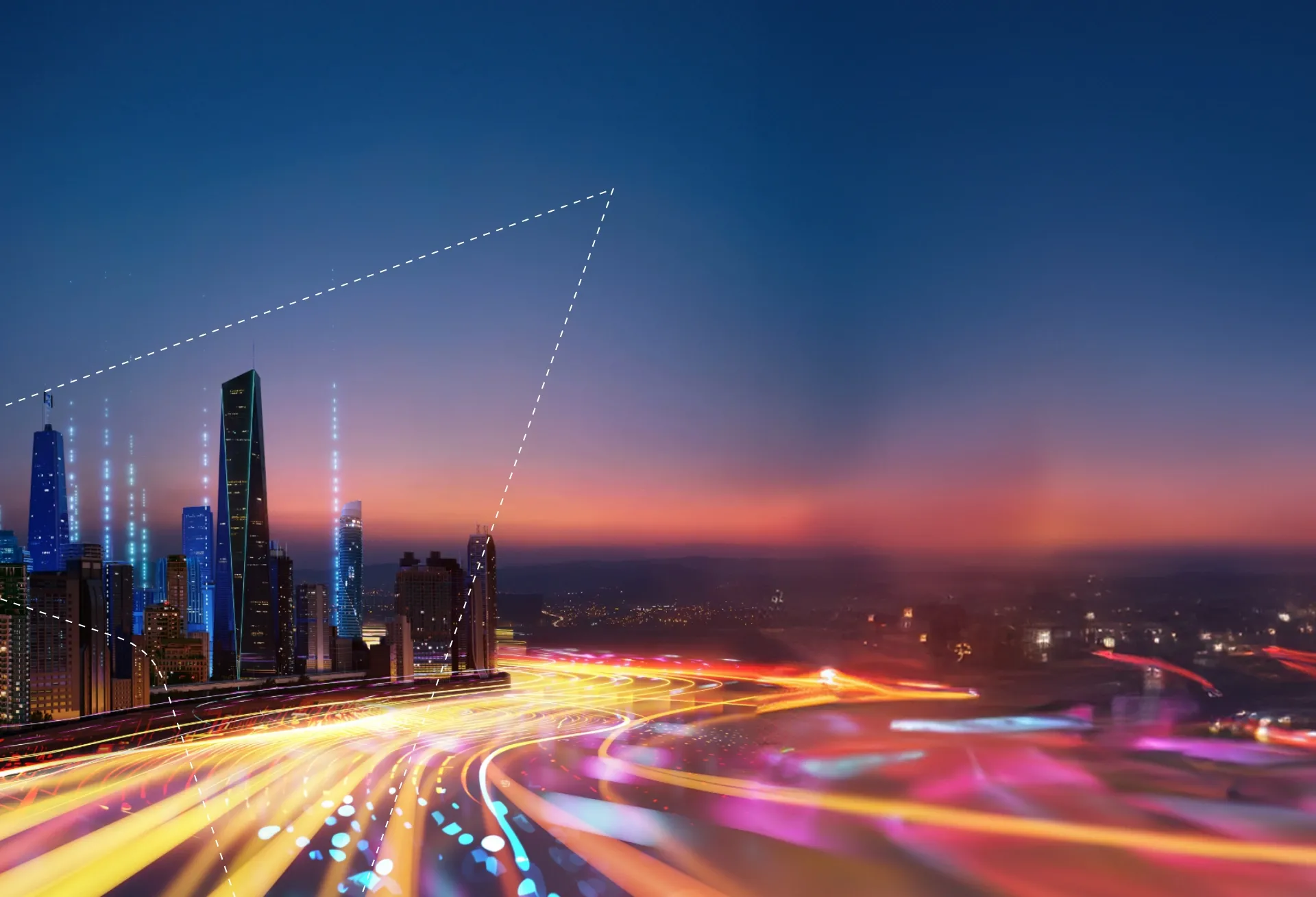
Industries we cater to
Moving With The Times, Moving With You
Let's Get Moving!
Your purpose, our passion. Connect with us and let's make things happen.


